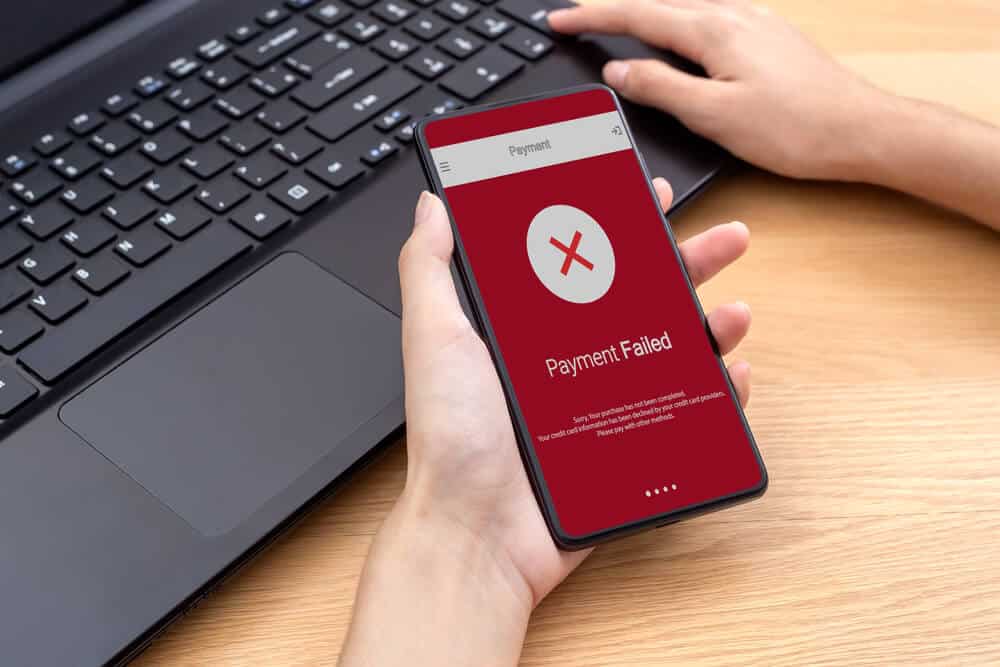While the purchasing journey presents many opportunities for fraudsters to target your business, you may be surprised to learn that false declines are often even more damaging.
Merchants can lose up to 75x more revenue to false declines than they do to fraud.
However, whether or not your business is affected by these false declines often isn’t as obvious. This is because many business owners have no idea where to start when it comes to figuring out how to separate wrongfully blocked legitimate transactions from genuinely fraudulent ones.
Without this knowledge, the negative effects of false declines are able to cause significant damage to your business.
Before we offer our solution to this problem, let’s first dive into which businesses should be worrying about false declines.
Types of Businesses Affected by False Declines
To better understand how to figure out if your business is affected by false declines, it’s important to know which types of businesses experience them the most.
With brick-and-mortar type businesses, regardless of industry, a physical credit card is presented and charged by the merchant. This means that as long as the credit card itself is valid and not reported stolen, the transaction will likely go through without a hitch. It’s for this reason that false declines typically don’t affect in-person transactions nearly as much as online transactions.
Conversely, with an online purchase, there isn’t a physical credit card to be charged. Instead, information from the card is entered into the purchase form ranging from the name on the card to the security code on the back. Because of this, fraudsters only need to acquire this information to make purchases rather than steal the physical card itself.
On top of that, the global pandemic has drastically increased the number of online shoppers in the world. Because brand new shoppers are more likely to experience some sort of decline than existing ones, the number of false declines is rising exponentially. This phenomenon has become so prominent over the last year that Forter has actually coined the term “New User Missed Opportunity”, or “NUMO” for short, to describe the situation.
This is exactly what makes online businesses of any type the largest victim of false decline effects. Regardless of the product or service being sold.
Figuring Out If Your Business Has a Problem With False Declines
As we’ve mentioned before, the detrimental effects of false declines on businesses can often fly under the radar.
The only way to discover if your business suffers from false decline-related issues is to analyze the declines themselves. Without a deeper dive into the declines that happen throughout your transaction processes, you’ll never understand which declines are actually due to fraudulent transactions and which ones were wrongfully blocked by anti-fraud filters.
This analytical step is also important because it helps create context surrounding different events. With this context, anti-fraud tools can avoid declining legitimate transactions that were once wrongfully captured in the same net as fraudulent ones in the future.
Alternatively, if this level of analysis seems daunting, Forter’s Payment Protection service can not only handle this task for you but also help reduce false declines by up to 90%.
Conclusion
When it comes to figuring out whether you have issues with false declines, an analytical approach is the only solution. Without a more in-depth view of your transactions, you may never figure out if false declines are happening right under your nose.
How Much Business Are You Missing Out On?
If you’re looking for a more in-depth review on how badly false declines are affecting your business, get our free NUMO report to find out how much revenue potential you could be missing out on.



